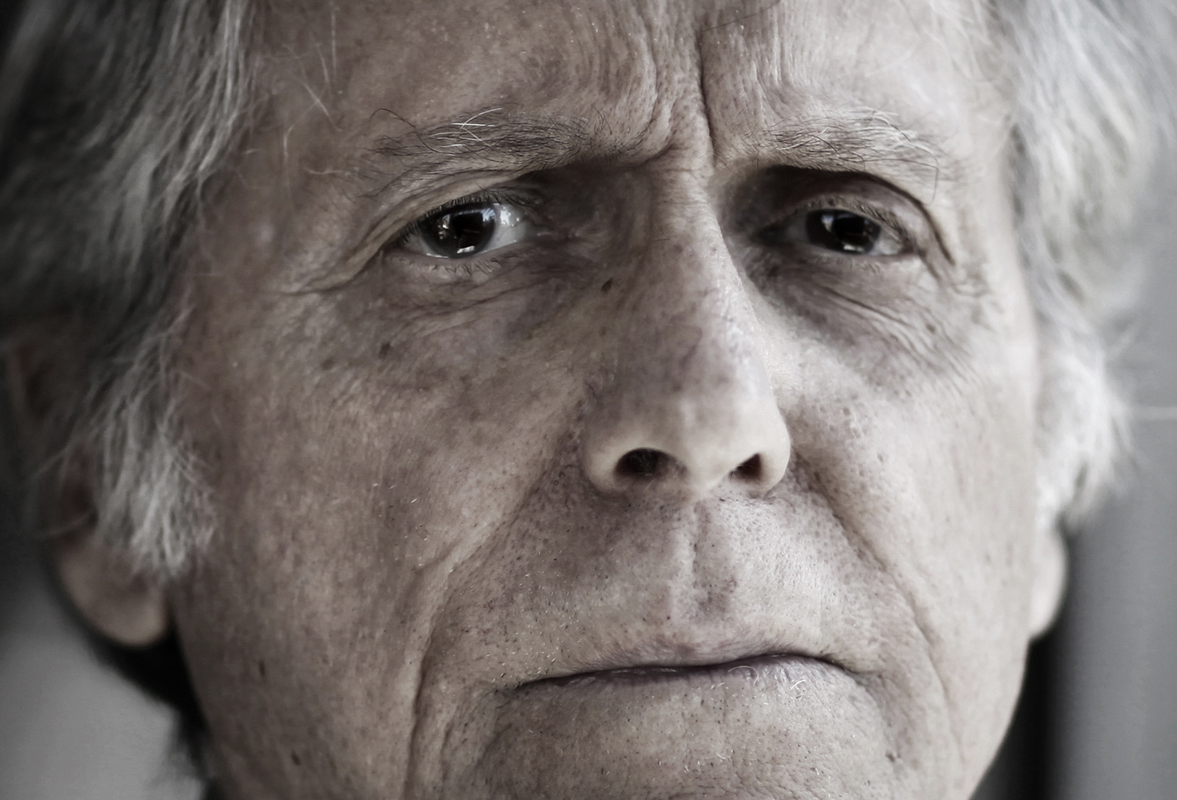White Noise was my first experience with Don DeLillo. I’d heard his name uttered over the years, usually coupled with the recognition that he is one of the most important novelists in recent decades.
DeLillo’s literary gifts were apparent from the moment I began reading; his metaphors are sublime; his prose, smooth and easy to read. He has a certain knack of depicting human frailty with power and economy. Our narrator supplies us with a seemingly endless supply of observations on human behaviour; how shallow appearances and subtle symbols instil confidence in social institutions; how a family looks to each other for emotional reassurance amidst trivial games of power and dominance; how cultural identity and meaning are maintained every day through our most insignificant gestures.
As an illustration I’ll outline one passage I found particularly memorable.
In this scene our narrator, Jack, and fellow lecturer Murray take a trip to see “the most photographed barn in America.” The significance of this barn appears to be entirely circular; it is famous because it is so often photographed…and it is photographed because it is famous. An absurd passage follows:
“No one sees the barn,” (Murray) said finally.
A long silence followed.
“Once you’ve seen the signs about the barn, it becomes impossible to see the barn.”
He fell silent once more. People with cameras left the elevated site, replaced at once by others.
“We’re not here to capture an image, we’re here to maintain one. Every photograph reinforces the aura. Can you feel it, Jack? An accumulation of nameless energies.”
There was an extended silence. The man in the booth sold postcards and slides.
“Being here is a kind of spiritual surrender. We see only what the others see. The thousands who were here in the past, those who will come in the future. We’ve agreed to be part of a collective perception. This literally colors our vision. A religious experience in a way, like all tourism.”
Another silence ensued.
“They’re taking pictures of taking pictures,” he said.
There are dozens of beautiful moments like this in White Noise where post-modern/Foucauldian concepts are bound with anthropological observations and presented in a humorous deadpan style that often reminds me of Bret Easton Ellis (I’ve heard it said that Ellis is indebted to DeLillo).
Unfortunately, a novel is not built on keen observation and creative metaphor alone. White Noise is divided into three parts; I almost abandoned the book towards the end of the first simply because nothing seemed to happen. In fact nothing of consequence seems to happen in the first 150 or so pages; instead we are subjected to a continuous stream of minuscule observations, beautiful insights into human intimacy and slow and steady character development (DeLillo’s ability to give life to characters is also excellent) — but there seems to be no overarching “plot” at such.
Things certainly “happened” in the second and third parts, but when I finished White Noise I didn’t feel as though I had completed a novel. DeLillo’s writing stalked along at the same steady pace for over 300 pages, drawing a smile or a chuckle from me with regularity, but seemingly refusing to deliver a major story arc or significant plot development, thus preventing any moment of heightened drama. And so I finished White Noise lacking a sense of closure, and with mixed feelings.
As a commentary on human frailty – particularly fear of death – White Noise was excellent, but as a piece of fiction I felt a little deflated after reading it and left wanting more. Perhaps this was in-part DeLillo’s intention (he certainly seems like a man who relishes throwing off the standard convention of linear novels), but I am left undecided and lukewarm.
DeLillo possesses piercing insight and many literary gifts, but I am as yet undecided as to his status as a novelist. There is a reasonable chance I will return to more of his work in the future.
Perhaps that will put me in a position to better comment on his intentions and approach.
This piece was originally published at The Big Smoke.
